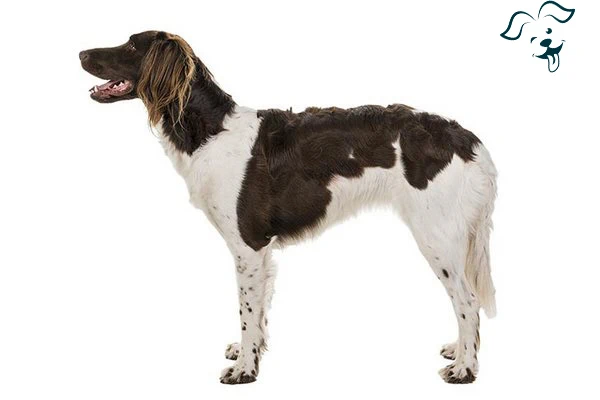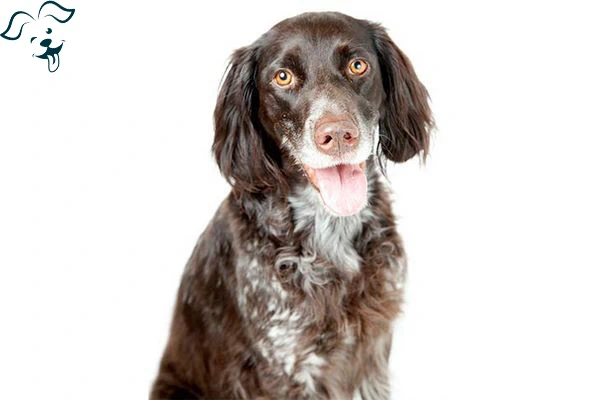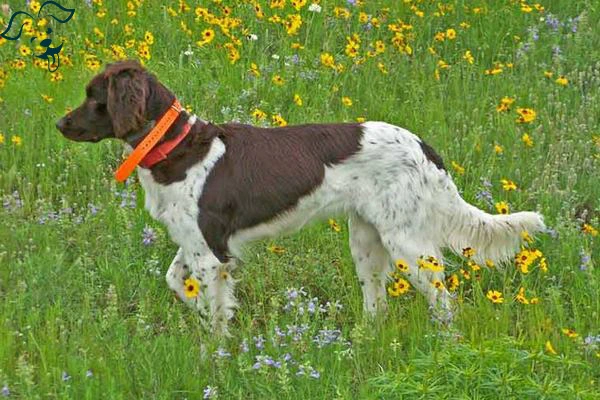Health issues, no matter how minor are a possibility in any breed, but conscientious breeders have made significant inroads in conserving the health of the Small Munsterlander breed both in the US and Europe. While health challenges may be part of some dogs' lives, the larger population remains hearty and healthy. Regular veterinary check-ups and a balanced dietary plan are pivotal in managing your dog's health. Keep on schedule with essential DHLPP yearly vaccinations, rabies shots, monthly heartworm prevention and, contingent on your area Lyme disease vaccinations. A responsible breeder is a valuable resource for learning about the Small Munsterlander's specific health issues. Health Assessment Recommendations from the Breed's National Association: |
Small Munsterlander
ATTRIBUTES: Intelligent, Devoted, Self-confident
GROUP: Miscellaneous Class
ACIVITY LEVEL: Regular Exercise
BARKING LEVEL: Infrequent
COAT TYPE: Double
COAT LENGTH: Medium
SHADDING: Seasonal
SIZE: Medium
TRAINABILITY: Agreeable
CHARACTERISTIC: Medium Dog Breeds
Breed Overview

Ancestry
Pointers and Spaniels

Origin
Munster, Germany

Registration
2006

Size
20.5 - 21 Inches

Weight
40 - 60 Pounds

Expected Life
12-14 Years
























FRIENDLINESS
LIVELINESS
VIGILANCE INTENSITY
ADAPTATION CAPACITY